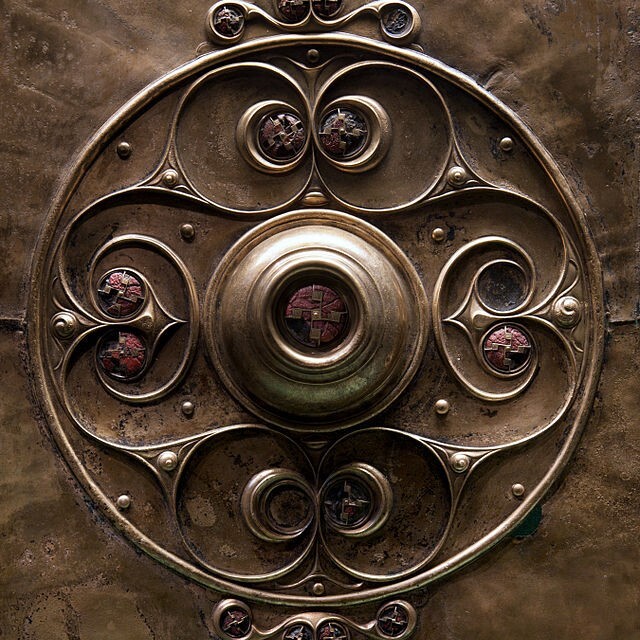


[…] explore an image that is so ubiquitous in the genre that it transcends the label “icon” — the image of the barrier between known and unknown. Chapters Three through Five explore specific icons that science fiction has evolved concerning artificial or unnatural environments: the spaceship, which represents entry into the unknown; the city, which represents subjugation of the unknown; and the wasteland, which represents the reemergence of the unknown. Finally, Chapters Six and Seven shift the focus from images of the environment to images of humanity itself, first as reflected in technology through the icon of the robot, and then as reflected in the images of transformation that are represented by science fiction’s various treatments of monsters, aliens, and transformed humans. Obviously, many of these icons overlap and merge in certain works. The alien being becomes the robot, the robot becomes the spaceship, the spaceship becomes the city, the city becomes the wasteland: such transformations and combinations of the favourite images of the genre become like variations on a theme […]
— Gary K. Wolfe, The Known and the Unknown: The Iconography of Science Fiction (1979).